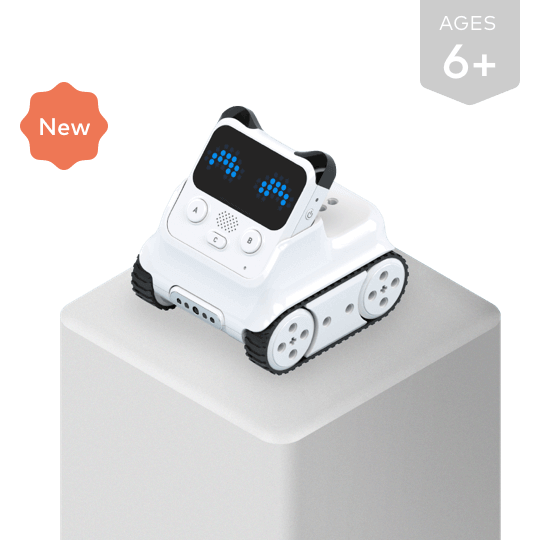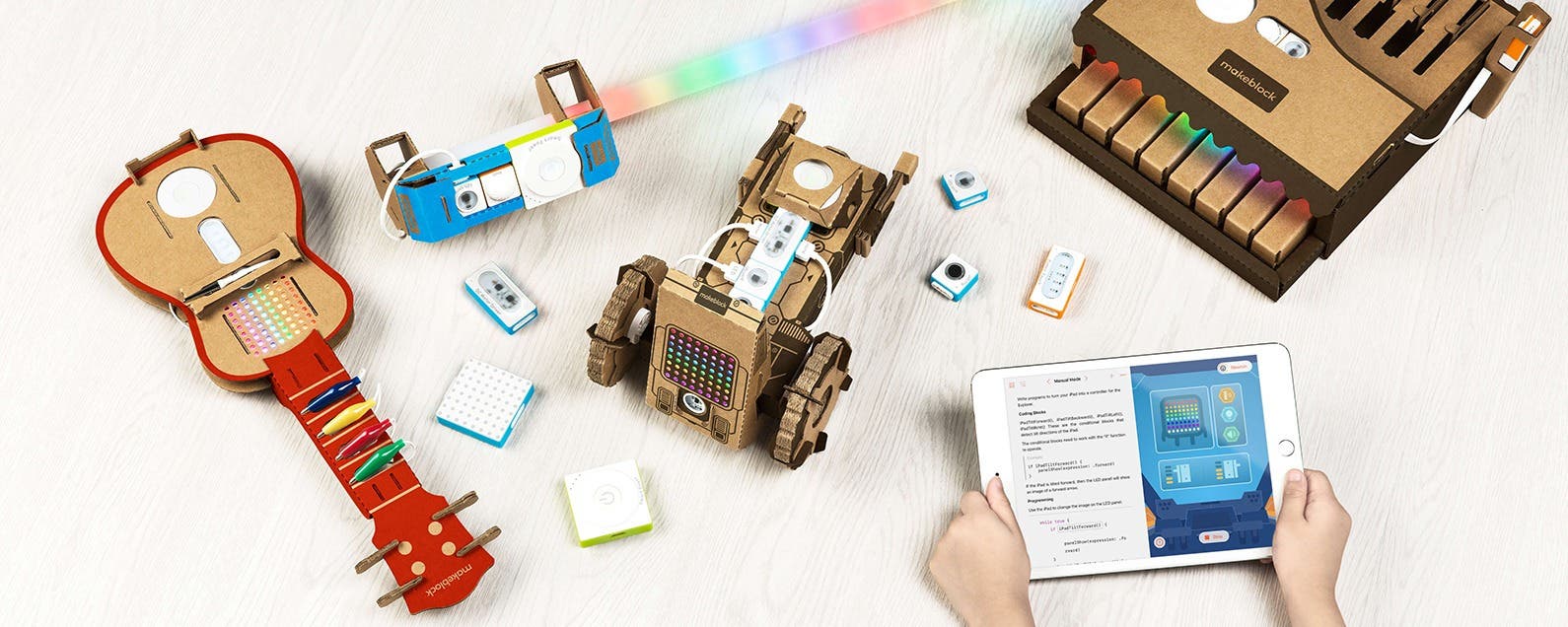Type “coding” in Google and you’ll get more than 232 million results in only 0.39 seconds. The top results are all about learning to code. Coding nowadays is not a subject that you go to college to study. More often, it’s one more important item that more and more people want to add to their skillset. Instead of getting a degree in Computer Science, they choose to take advantage of the internet and teach themselves using those online resources.
In the 21st century, coding is not just for grown-ups anymore. Coding for kids is now a regular task for a lot of families. According to a Quora answer, there are over 250 programming languages in the world. So it’s still dauntingly confusing when it comes to choosing the right coding language to start with.

The Importance of Choosing the Right Language
It’s certainly important to choose the right language for kids. Learning a new language includes understanding new ideas and concepts. If the language is too hard, it spells too much trouble for kids, especially beginners, and they won’t continue learning. But, if it’s too easy, they won’t feel challenged and inspired and will lose their interest as well.
Since you understand the importance of choosing the exact right first coding language for your child, here maybe help you pick the right one.
Scratch 3.0
Scratch was created by the Lifelong Kindergarten Group at the MIT Media Lab to be a children’s programming language. MIT is one of the most prestigious technology institutions in the world. Scratch is believed to be the best programming language for kids aged 8 to 16. Throughout the world, there are more than 26 million Scratch users. In the US, nearly half of the programming courses use Scratch as their language. As a programming education tool, it’s definitely setting the bar high, and, more importantly, it’s free.
Simple and Visual
Scratch incorporates a building-block interface and connects their coding-learning process with a child’s experience playing with building blocks. Since both activities are similar, they make the programming part more engaging and fun for children, especially for those who don’t have any coding experience.
Abundant Learning Resources
You can count on MIT when it comes to teaching students how to code. The Scratch team created quite a robust online community, where you can find many learning resources and getting-started tutorials.
Scratch 3.0 was officially launched at the beginning of January 2019. The new Scratch added even more exciting new features. For example, recording and editing sound and adding an extension, among others. Here is a quick guide to help you and your kids get access to the top 10 free resources for learning coding:

Python
Python is now considered one of the easiest coding languages to learn. However, don’t underestimate its power just because it’s easy. Companies like Google and Disney use it to build many of their products and platforms.
Coding Like A Programmer
When learning to code, it’s more important for your kids to learn to think like a programmer than writing code. Python is designed to present very few obstacles when it comes to learning how to program. As a result, students will be able to learn how to build out their ideas. After that, the courses lead them to think about how to transfer their ideas into instructions that a machine can interpret. If you want to lay a foundation for your kids and help them to learn to think like a programmer, Python is your choice.
“Batteries Included” Philosophy
Python’s “Batteries Included” philosophy means that it has a library with a great deal of information and great versatility, and the library is always available. In this library, you can find so many common functionalities that have already been developed and are ready to use, saving users’ time and letting them start quickly.
Codey Rocky
However, compared to Scratch, which is quite visually appealing and fun, and specifically created for kids, Python could be a little too serious for children. Codey Rocky could be the solution for that. Codey Rocky combines hardware with software, allowing children to learn about programming while they play and create. Using mBlock, a software program that supports both block-based and Python programming, kids get to apply what they have coded to the robot and have a better understanding of how the code is interpreted on a hardware product.
JavaScript
Choosing JavaScript means you are aiming for bigger fish. It’s generally considered more difficult than Scratch and Python. However, once someone learns and understands JavaScript, it paves the way for learning other, more basic, coding languages.
JavaScript has played a significant role in developing apps and creating websites. For the past two decades, it’s been used by a huge number of professional developers and students to build apps and websites from scratch. There are many, many online resources, toolkits, and tutorials to help beginners overcome any initial obstacles, such as understanding how the syntax works.

Swift
Swift is a general-purpose, multi-paradigm, compiled programming language. Developed by Apple Inc. for iOS, macOS, watchOS, tvOS, Linux, and z/OS, it’s an open-source coding language used by app developers all over the world. Swift is the future of Apple development.
Swift Playground
To expand its target market and make it more kid-friendly, Apple launched Swift Playgrounds. According to Apple, it’s a “revolutionary app for iPad that makes learning Swift interactive and fun.”
Learners don’t have to equip themselves with any sort of coding knowledge, so it’s perfect for beginners. By solving puzzles, students can master the basics using Swift and create their own apps.
Robots Await Your Commands
To make the best use of Swift Playgrounds, children can grab any of the many useful add-on tools to learn and practice with. Makeblock Neuron Explorer Kit is one of the powerful support tools designed for Swift Playgrounds.
How does Makeblock Neuron Explorer Kit help?
The Makeblock Neuron Explorer Kit has a series of programmable electronic blocks that function as sensors, lights, sounds, motors, and so on. It gives children the power to create almost anything by using those blocks. The kit encourages kids to explore and expand their creativity. With the 12 programmable Neuron blocks and Swift coding, the kit can turn the ideas in their heads into real creations, such as explorer car, piano, ukulele, and LED Swords. Users can not only enjoy the pleasure of DIY, but also taste the magic of building with electronic blocks. Many people have said that it’s an interesting way to weave software and hardware learning. So, if you are thinking about learning how to build apps, it’s time to start getting to know this language and use it with robots.

Ruby
Ruby is a robust programming language. It has been chosen by many developers and programmers to power hundreds of thousands of web applications. Twitter and Airbnb were originally written in Ruby.
Ruby has the most readable syntax for beginning programmers and is truly syntactically straightforward. It’s like you’ve already been given many synonyms for a word and you’re allowed to choose any of them as long as you deliver your information correctly. Syntactical simplicity gives developers more flexibility to choose different ways to solve a problem.
However, Ruby is a more complex language, which suitable for kids with some coding experience.

Learning Resources: Coding for Kids:
One thing to keep in mind when choosing the first programming language for your kids is that there is no perfect choice. You have to help your children understand what they’re trying to get out of it and where they stand in the learning process, and choose based on their particular needs.
If you still feel confused about how to teach your kids to start learning to code, you should check out the ultimate guide for parents – Coding for Kids. This guidance definitely will help you to understand what is the most efficient way for your kids to start learning to code.